Generative AI has become a buzzword in technology and innovation circles. Its sudden rise to prominence is not without reason;…Read More
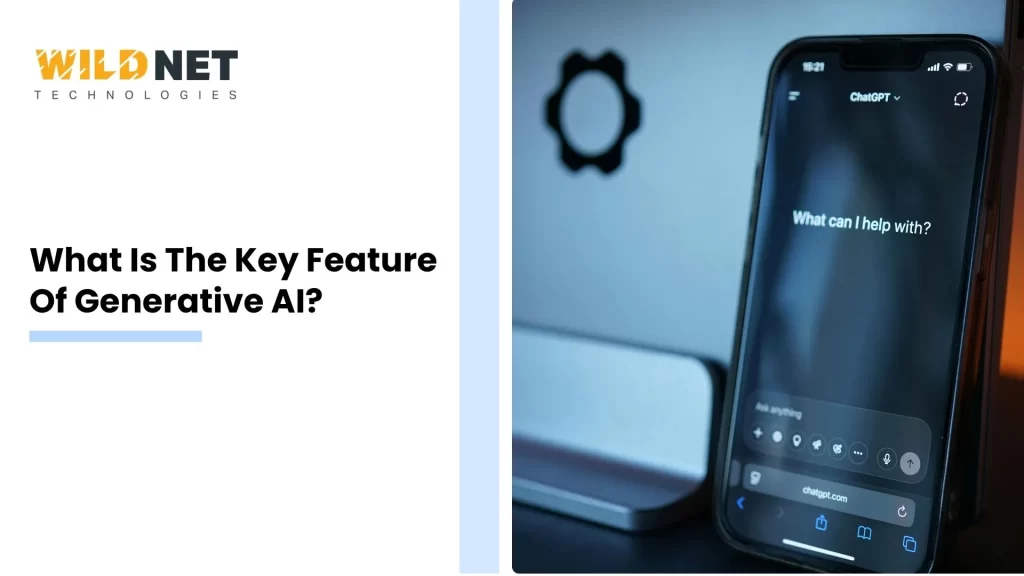

Generative AI has become a buzzword in technology and innovation circles. Its sudden rise to prominence is not without reason;…Read More
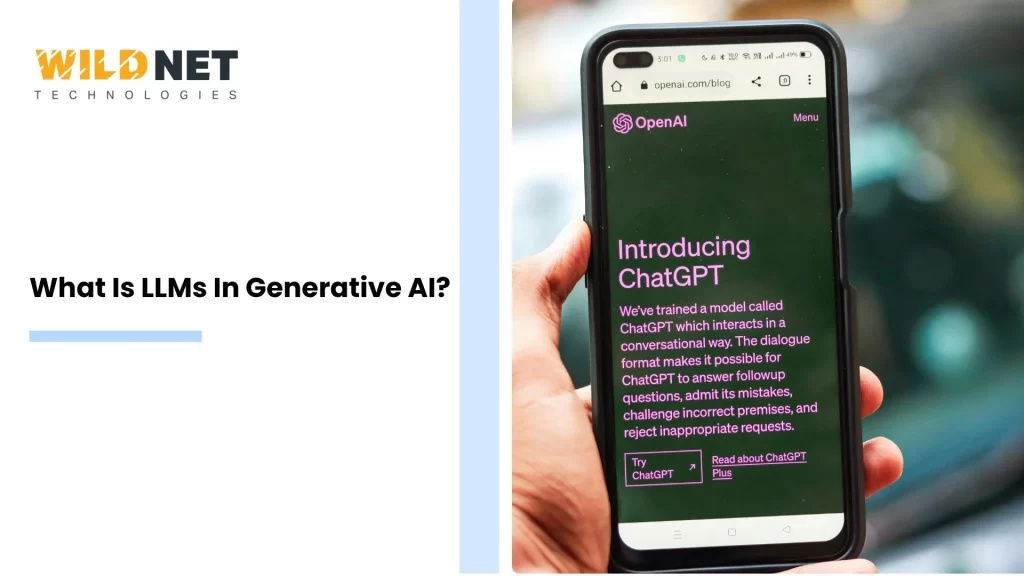
In the rapidly evolving world of artificial intelligence, acronyms and jargon can quickly become overwhelming. One term you might have…Read More

Artificial Intelligence (AI) has become a buzzword in the technology industry, driving breakthroughs and transforming industries such as healthcare, finance,…Read More

Generative AI is a rapidly growing field that has the potential to revolutionize industries ranging from art to medicine. Its…Read More
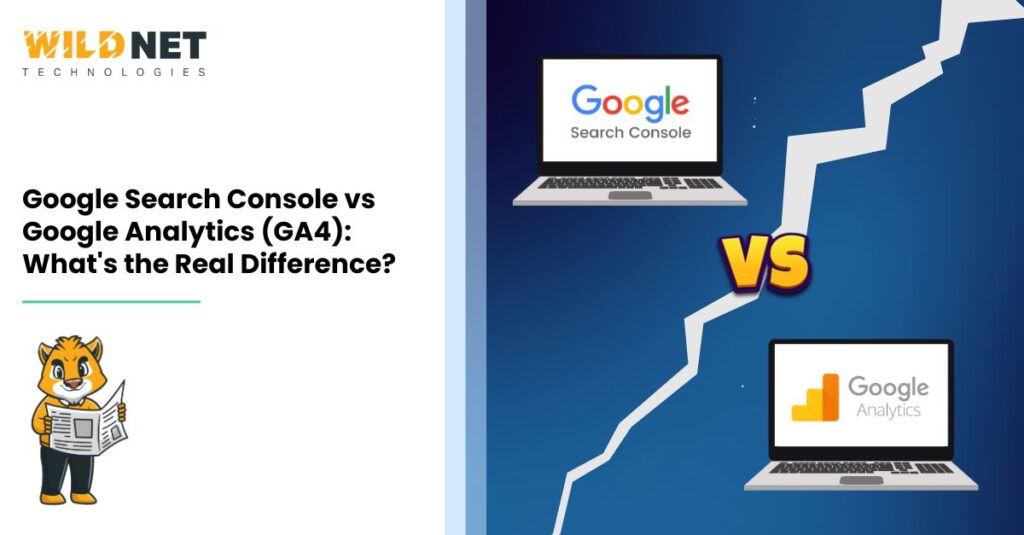
Google Search Console vs Google Analytics (GA4) is not a battle; rather, it’s a strategic partnership. GSC is built for…Read More

Generative AI is changing the digital marketing landscape. It offers new ways to enhance brands’ SEO strategies. This technology can…Read More
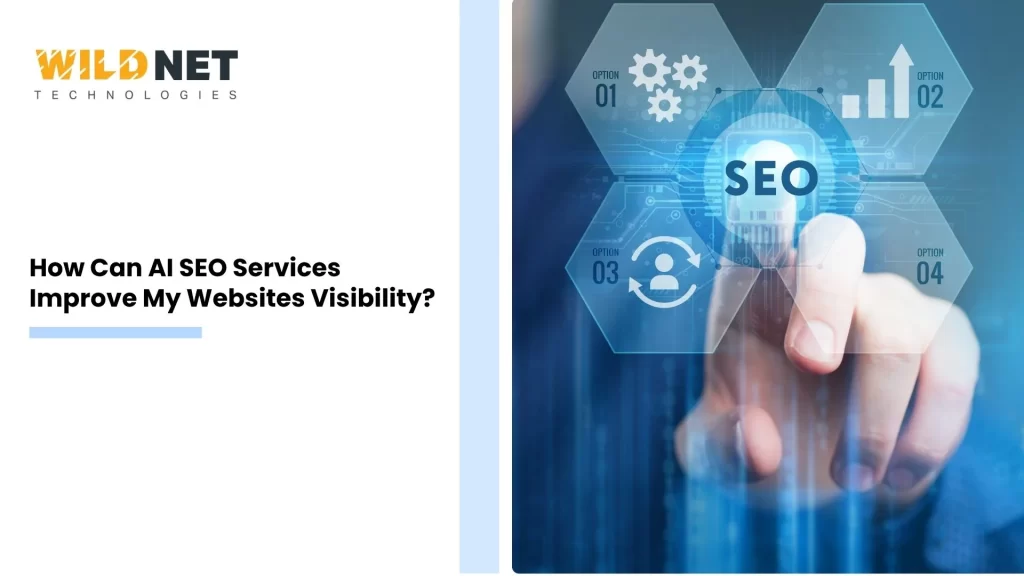
In today’s digital age, visibility is key to online success. Websites need to stand out in a crowded internet space….Read More
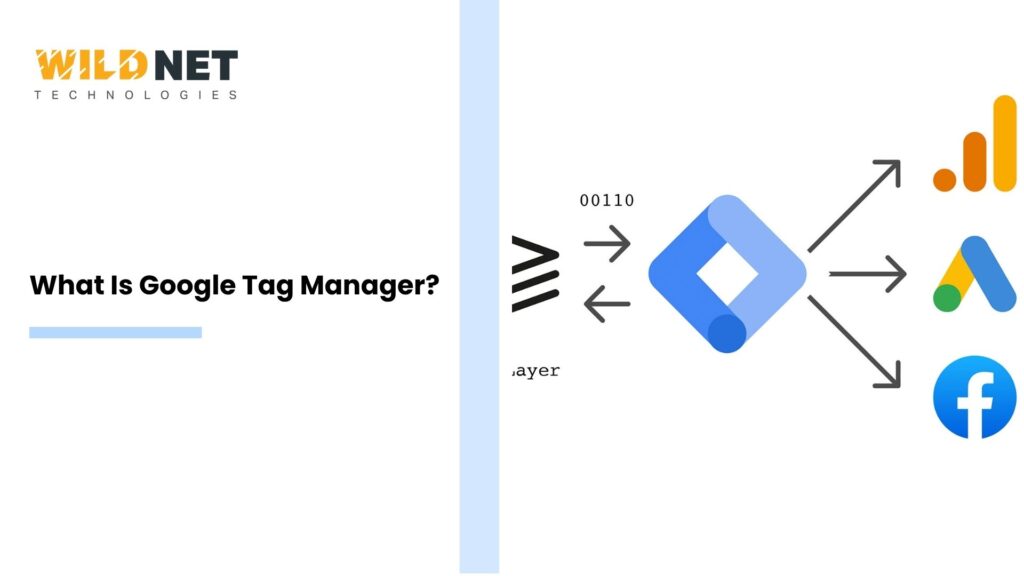
Google Tag Manager (GTM) is a powerful tool for digital marketers. It simplifies the process of managing marketing tags on…Read More
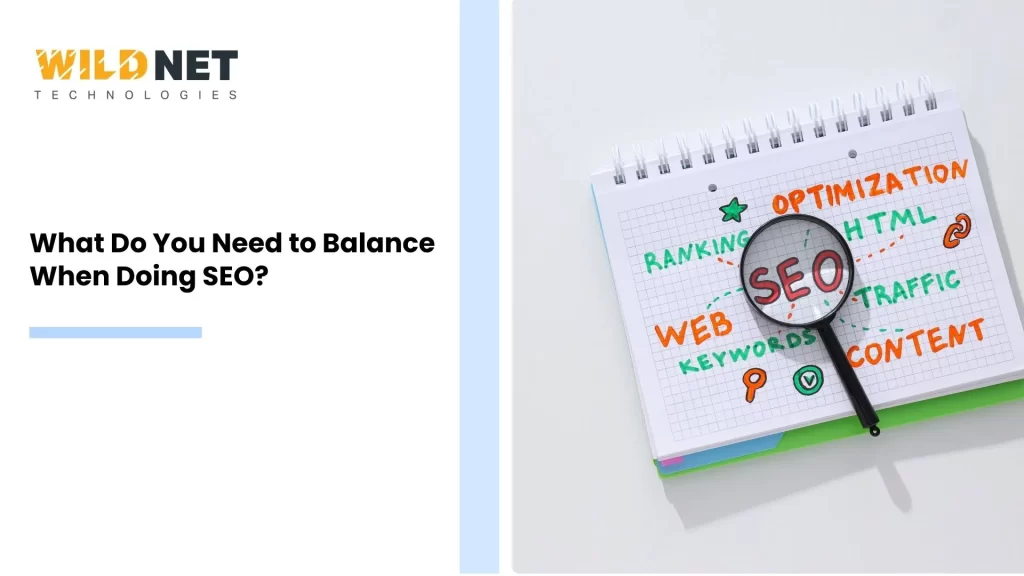
Search engine optimization (SEO) is a complex field. It requires balancing multiple elements to achieve success. Understanding what to balance…Read More

Understanding and responding to target customer needs is vital for any business. It is the cornerstone of customer satisfaction and…Read More
If you have a business challenge to solve or wish to take your brand to the next level, we would love to hear from you!

Wildnet's SEO services helped our website rank higher, bringing in more customers. Simple, effective, and worth every penny. Highly recommended for solid results.
-Pragya Burman
CEO

Need skilled remote developers or marketers on contract? Hire from us and get your team set up within 48 hours. From tech talent to marketing experts, we've got you covered. Book a call today to get started!